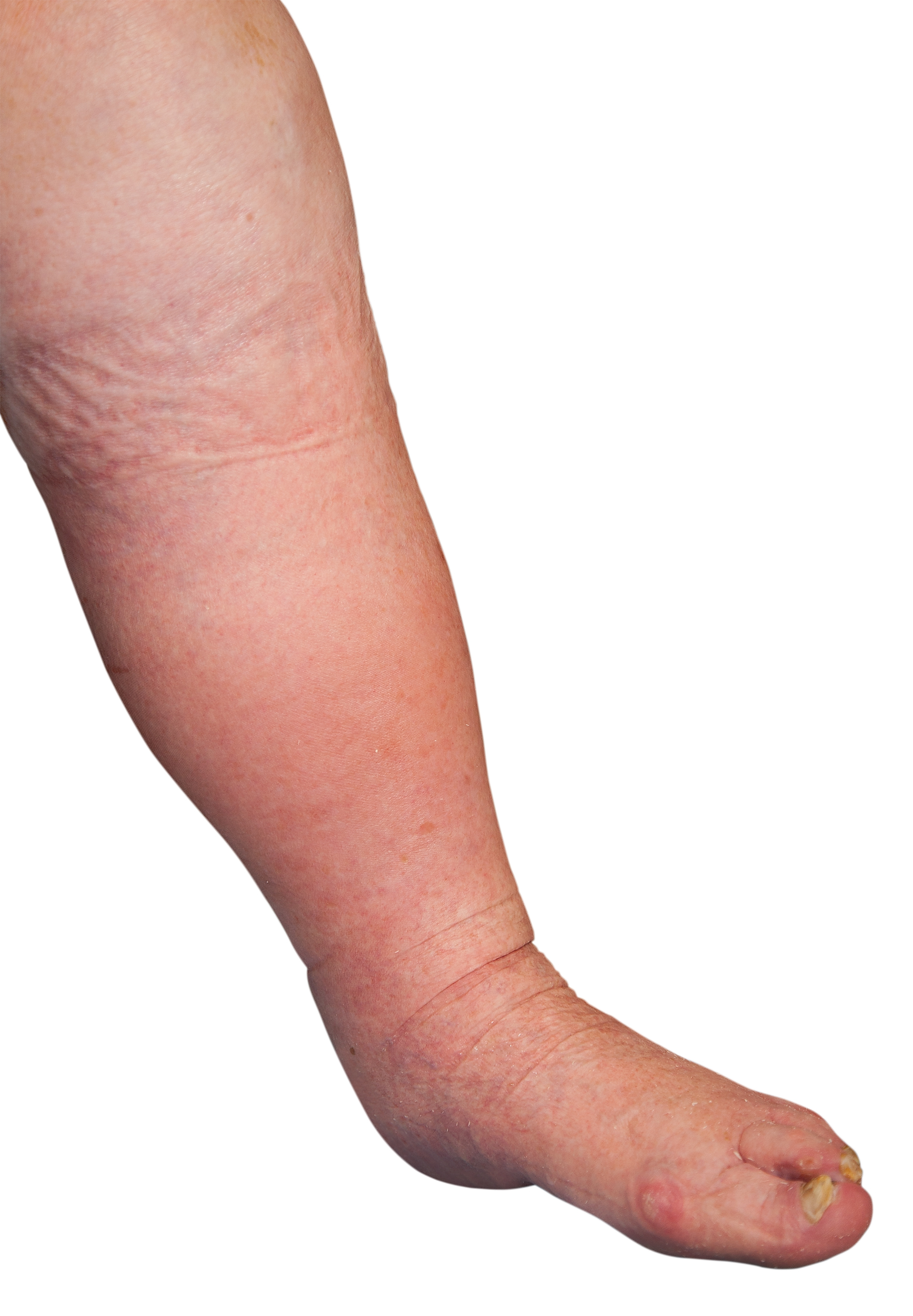Lower limb
A leg ulcer is defined by the National Wound Care Strategy as ‘an ulcer that originates on or above the malleolus but below the knee that takes more than 2 weeks to heal’. There are several reasons why people get leg ulcers, the most common one (approx. 60 – 80%) being due to venous insufficiency arising from faulty valves in the veins and/ or poor calf muscle pump action. A smaller percentage of ulcers (10 – 20%) are caused by poor circulation in the arteries or as a result of other diseases such as diabetes or rheumatoid arthritis.
It is estimated that approximately 1.5% of the adult population in the UK is affected by active leg and foot ulceration, which equates to 730,000 patients (Guest 2019). Without correct treatment, ulcers can remain unhealed for many months or sometimes years, resulting in episodes of infection, pain and immobility. The biggest proportion of leg ulceration is due to venous insufficiency. However, many ulcers do have a mixed aetiology with elements of arterial disease or chronic oedema which may be further complicated by heart failure.
The Oxford Health Tissue Viability team has recently revised our previous pathways (Lower Limb Wound pathway, Chronic Oedema Pathway, and The Heart Failure and Compression Therapy pathway) to make one pathway for all lower limb care; this revised guidance brings the previous pathways together into one simplified document, which we hope clinicians will find more accessible. This pathway encompasses all aspects of lower limb care, in line with the NWCSP-Leg-Ulcer-Recommendations-v2-1.8.2023 and the Wounds UK Best Practice Statement – The Use of Compression Therapy for peripheral oedema: Considerations in people with Heart Failure (2023)
All clinicians delivering leg ulcer care are expected to use this pathway.
Page last reviewed: 11 February, 2025




